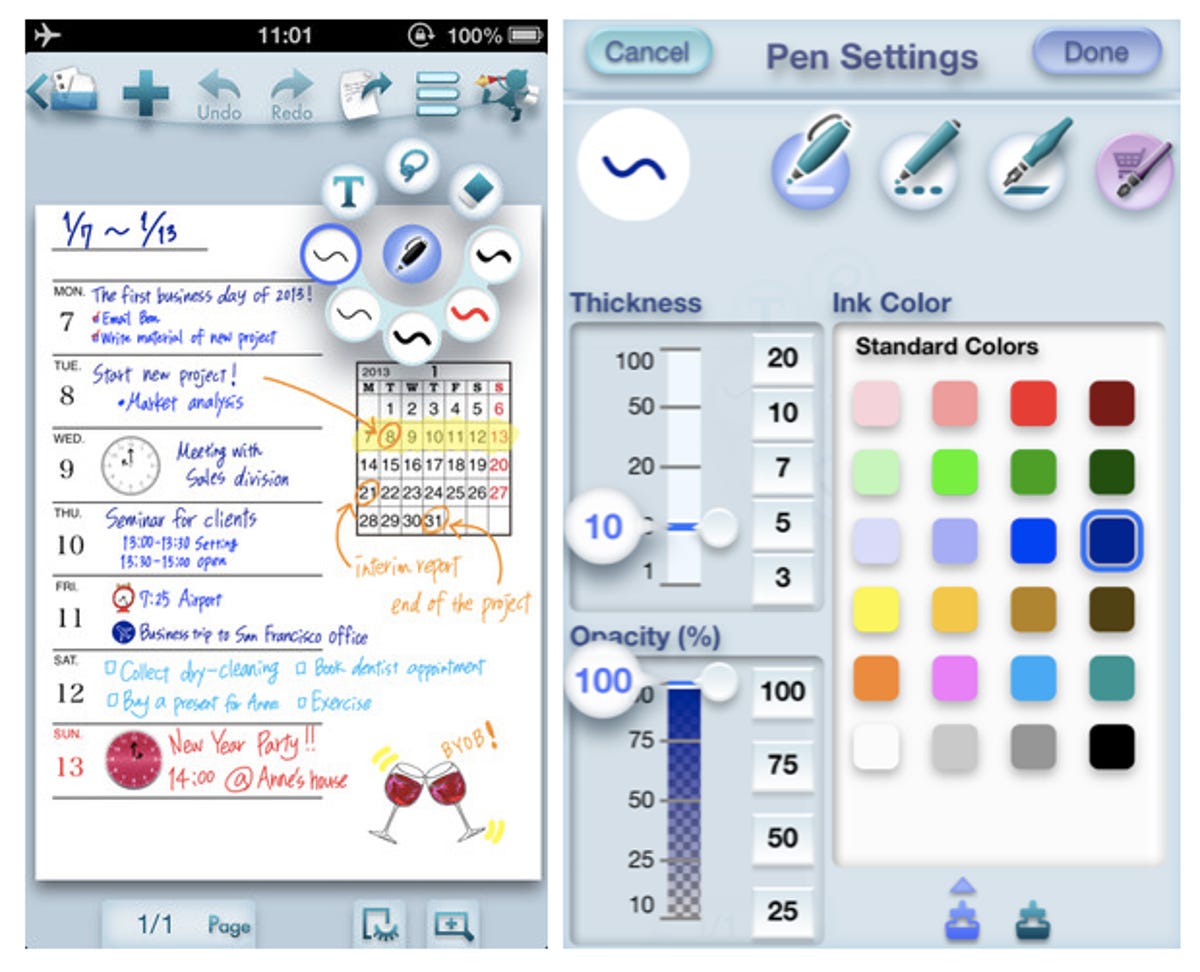In the late 1980s and early 1990s tablets and electronic ink were going to be the next big thing, supplanting the keyboard with a stylus for the natural act of writing and drawing with your hands. There was the GridPad, Momenta Pentop, Apple Newton, EO Personal Communicator, Go Corp. PenPoint OS and the original IBM Thinkpad. They all rather quickly ended up in the recycling bin. It took another 15 years for tablets to rise from the ashes of those ancestors, but electronic ink ended up as more of an ancillary feature with the advent of touch screens and virtual keyboards.


Computer History Museum
More than 30 years ago, Kazunori and Hatsuko Ukigawa solved an opposite, but parallel problem, devising input methods and a word-processing program to adapt stroke-based languages like Japanese and Chinese to the QWERTY keyboard. The input methods and applications created by the Ukigawas are still in wide use today.
In recent years, the couple turned their attention from keyboard input to electronic ink. They founded MetaMoJi, to focus on what they call “stroke-based business productivity,” and they introduced Note Anytime, an app for iOS, Android, and Windows 8, which is ranked No. 1 in Japan and several other countries. The company also produced 7Notes, a handwriting conversion app that became the No. 1 paid iPad app in Japan.
Note Anytime emphasizes pen input, which makes it more suited to tasks such as free-form note-taking, document annotation, whiteboarding, and presentations. The app uses vector-based graphics, which allow any object on the canvas to be shrunk for viewing on a smartphone or scaled to 25 feet in diameter with full fidelity.
“We are addressing a productivity gap, such as when people are first formulating ideas and doing design that would be hard to capture with a keyboard,” said Kazunori Ukigawa, Metamoji CEO.
Note Anytime also includes handwriting recognition with predictive text that corrects spelling and typing errors on the fly. It supports several languages (English, French, German, Spanish, Italian, Portuguese, Dutch, Russian, Polish, Japanese, Chinese, and Korean), but the handwriting recognition feature requires a plug-in for $8 per language or $20 for all languages. Other paid add-ons include calligraphy pens and inks. Users can store up to 2GB of Note Anytime documents for free.


Note Anytime screenshots
“We are eliminating the friction between thoughts and paper without having to worry about formatting or design. The goal is to have not just a note environment but an instant whiteboard for presentations and other modes of interaction between people,” said David Evans, president and chief scientist of Metamoji Global Research.
Note Anytime competes with Evernote and other apps that help people create and organize information and store it in the cloud. In most parts of the digital globe, the keyboard and fingers are mightier than the pen, but the Ukigawas believe that can change.



